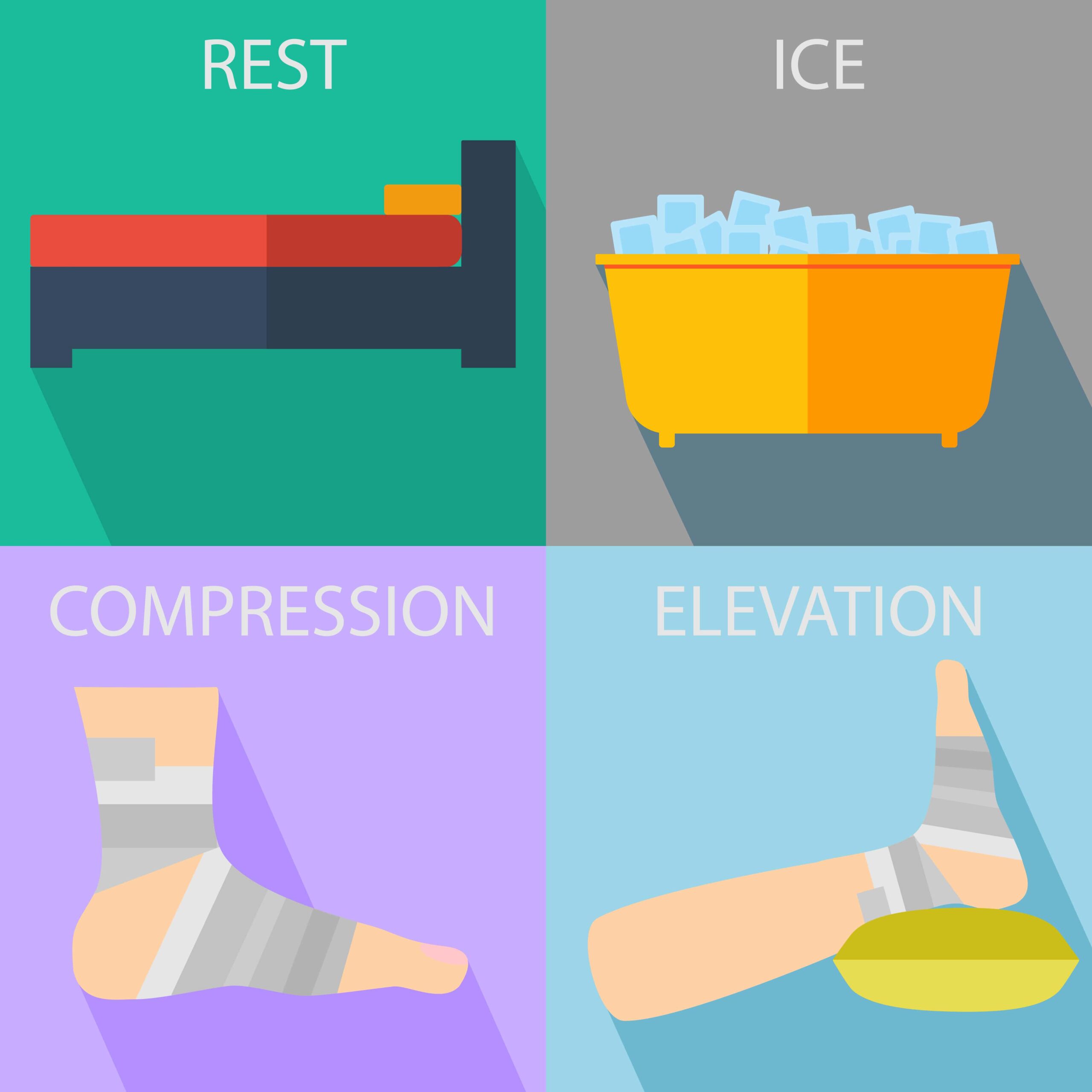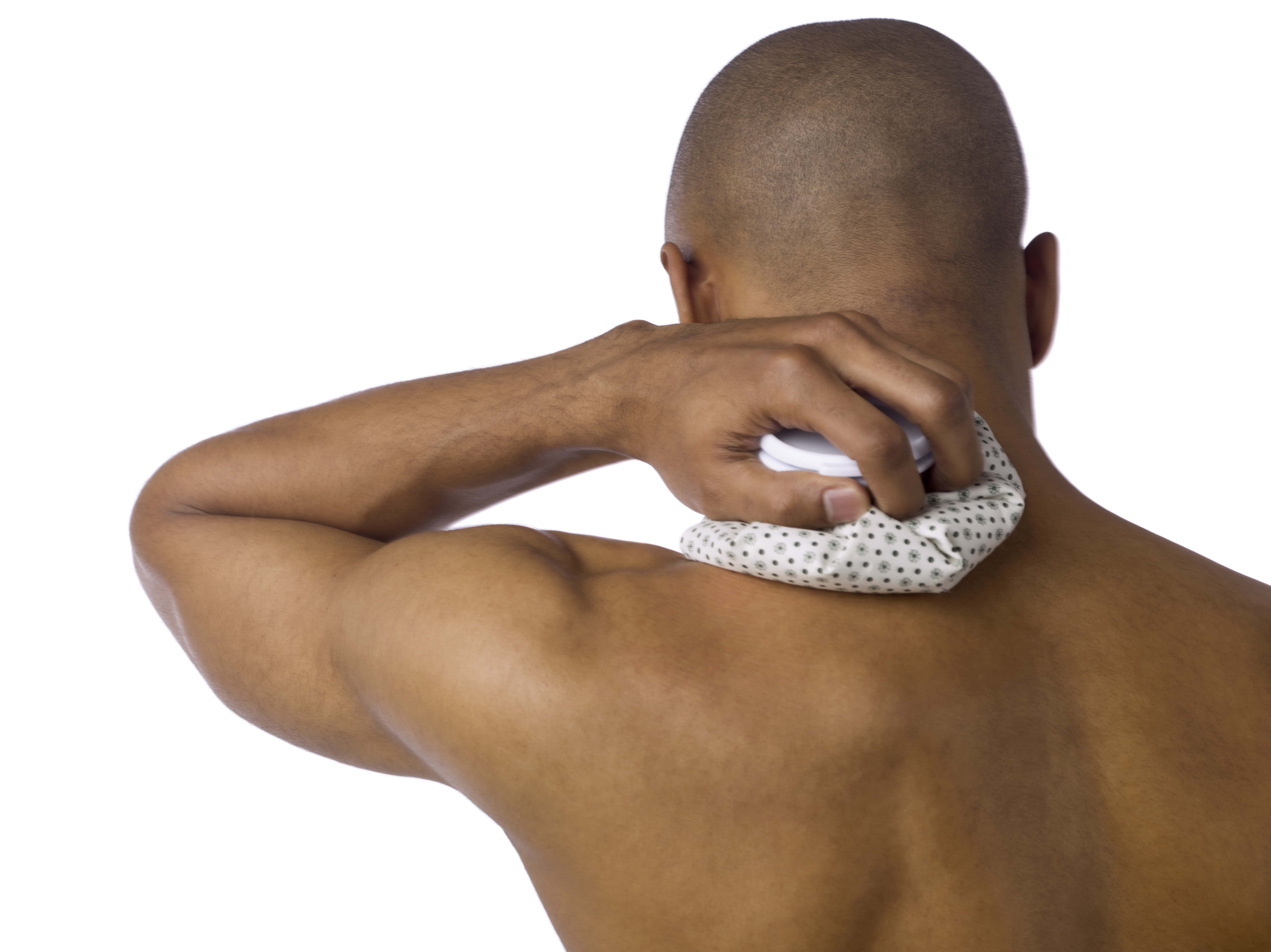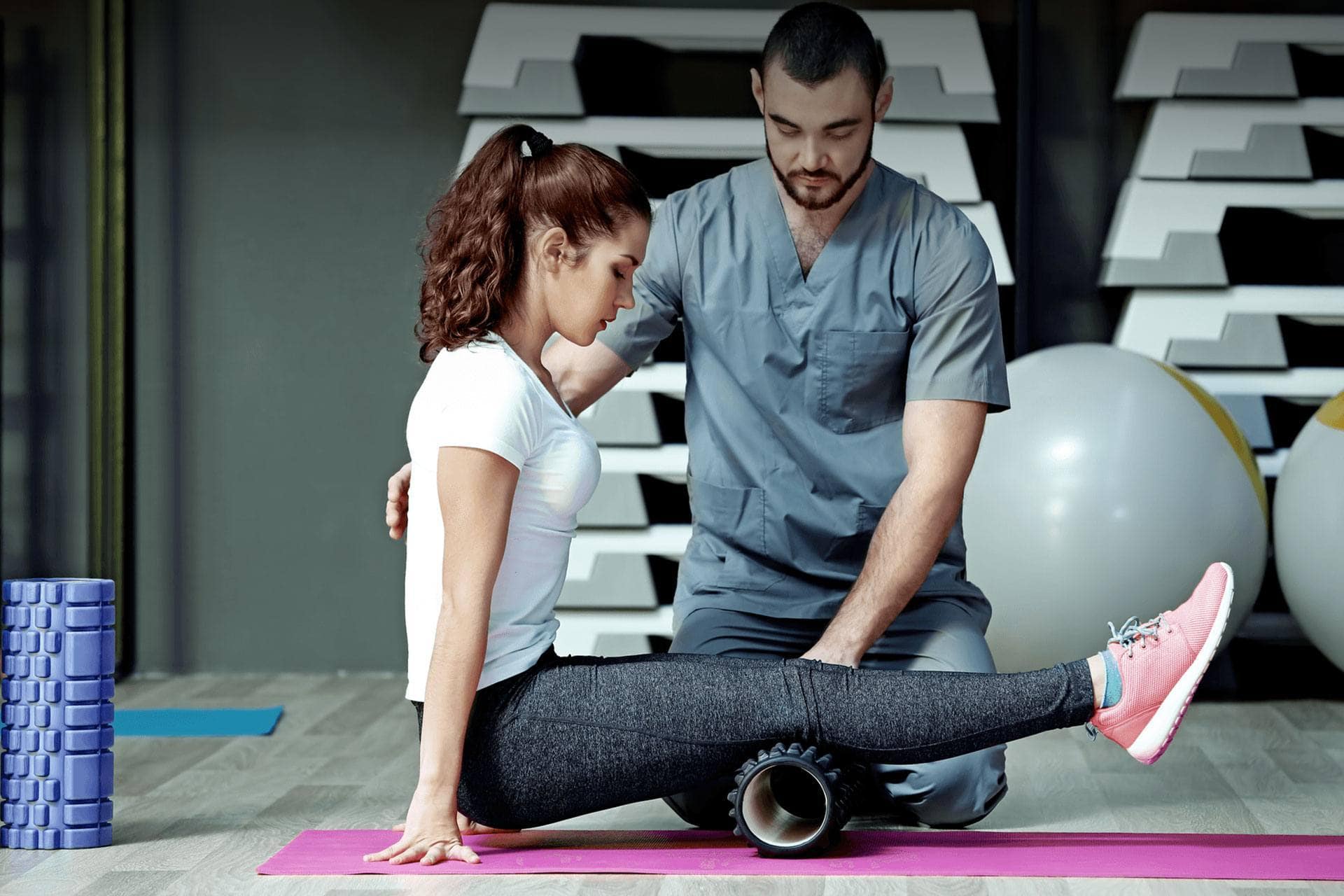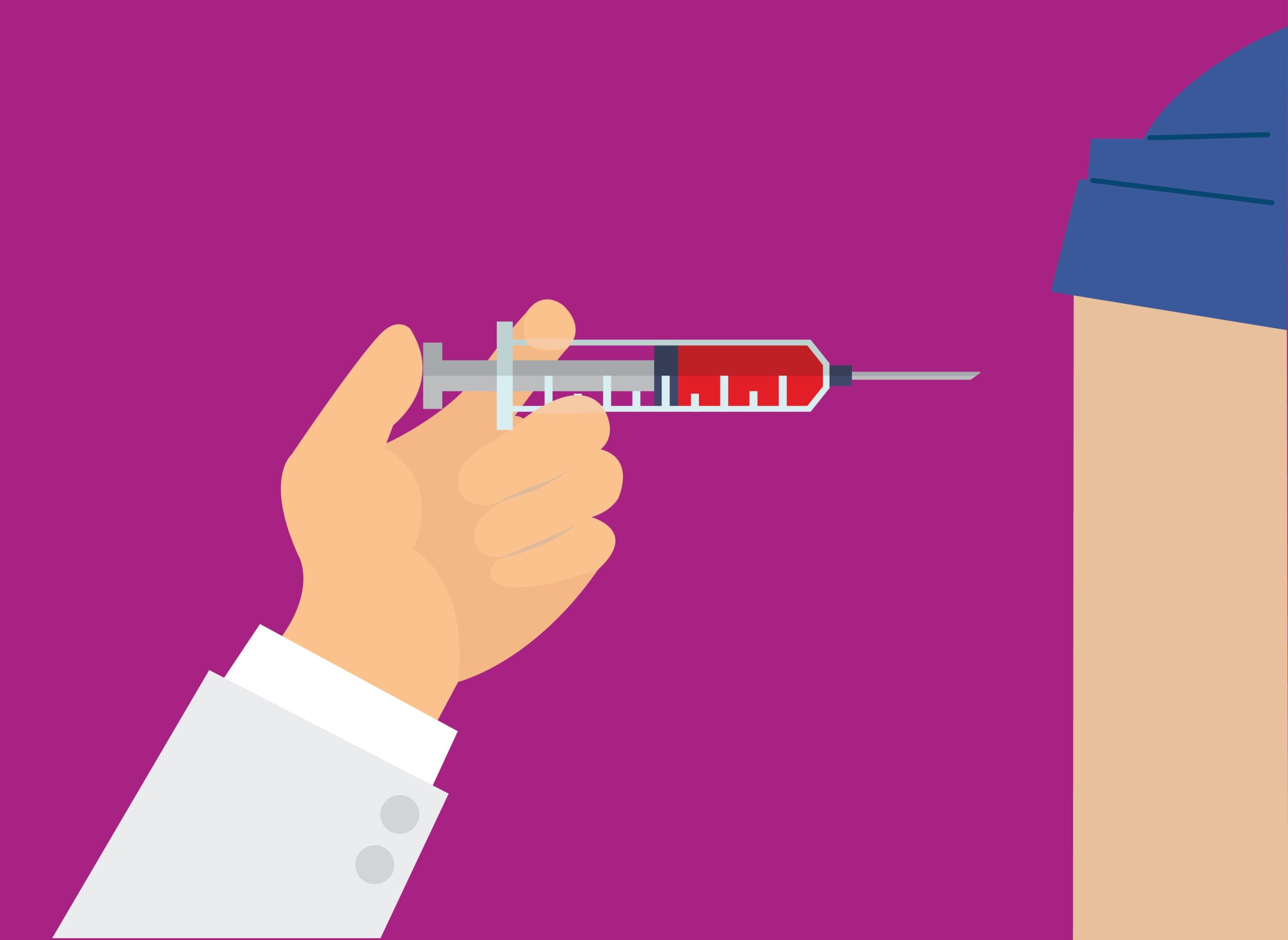If you’ve been training in martial arts, there’s a big chance that you will sustain injuries. That’s a given. Different martial arts tend to have different types of injuries. Their distribution varies across various arts and styles. Injuries are a part of martial arts. Five martial arts were compared in a study to better understand the frequency and occurrence of injury.
They found that tae kwon do experience 59%, aikido 51%, kung fu 38%, karate 30%, and tai chi 14%. So if you think one is easier than the other, think again. There’s no such thing as an “easy” martial art. If you don’t want to get injured, you can take up something simpler, like knitting.
The Most Common Way To Get Injured?
Statistically, there’s a three-fold risk doing tae kwon do than karate. Adults were at greater risk as they age. Those who trained more than three hours per week had more injuries. Compared to karate, soft tissue injury, head and neck injury and upper extremity injuries were common in aikido.
Lower extremity injuries were more common in Tae Kwon Do, e.g., a shin injury. Strangely, martial artists with three years’ experience sustained twice the number of injuries compared to less experienced students. You can get injured doing anything at the dojo.
UFC fighter Johnny Walker secured victory in just 3 seconds against his opponent. He celebrated the KO by doing his signature move, salute, directly falling forward onto the mat and then he transitioned into the worm, except he hurt his shoulder and that put him out for a weeks.
The most common mechanism of injury was a fall. This was followed by a throw or a jump. The most serious injuries came from training with weapons. These were mostly self-inflicted, accidental injuries with martial artists losing control of the weapon.
"Did you know some states even prevent the use of weapons like nunchucks"?
Could This Be An Injury?
So you fell awkwardly and now something hurts? You don’t want to look like a frail chicken or admit that you’re in pain so you decide to carry on as if nothing has happened. It’s important to identify an injury. Most martial artists tend to play through the pain or simply “get on with it” for fear of being ridiculed or looking weak. However, playing through injury can worsen it.
"Often, injuries have no outward symptoms."
Blunt abdominal trauma and even head injuries may have no immediate symptoms. And this can be dangerous as injured people bleed slowly internally or gradually deteriorate without anyone noticing.
One of the first signs you will experience is pain. This is followed by signs of inflammation like increased warmth, swelling, and loss of function. Other subtle signs are feeling drowsy or having a headache. A bleeding and open wound are obvious signs of an injury that are had to miss. It’s the one that you don’t see that are more dangerous.
Treat Yourself
This depends on the type of injury sustained. For closed injuries like muscle strain, sprain, cramp, or ligament injury, the RICE treatment is key.
What does RICE stand for? Rest, Ice, Compression, and Elevation.
This is the first step in the management of closed martial arts injury. It’s a household term for most athletes and martial artists.
Premier cutmen in MMA like Jacob Duran uses s ziptop sandwich bag as an ice bag instead of the standard rubber ice pack.
R.est
How much rest? Rest doesn’t mean a five minutes break and then return to play. If you sustain a soft tissue injury, then you must stop training immediately. Take the time to rest for about 24 hours. Don’t bear any weight on an injured extremity.
You might be tempted to return as soon as the pain ebbs. Some experts even suggest rest for up to 48 hours. Pain is your guide. For extremity injuries do not bear any weight until the pain is manageable. Using a sprained limb or training with an injury can delay healing, increase your pain, and worsen a tear or injury long term.
Do not return to training until the pain has subsided. If the pain worsens over time, then seek medical help. You might have a more serious problem, like a tendon rupture, muscle tear, dislocation, or hairline fracture. Visit your doctor and ask for imaging, giving them a complete picture of how you sustained the injury.
I.ce
The second step in RICE therapy is to ice the injured area. When we say ice, we mean using an icepack covered in a towel. This must be done intermittently for twenty minutes every four hours during the first 48 hours of injury.
This will reduce the swelling and inflammation of the area. Do not ice the area with naked ice! Also, if you don’t have an ice pack, use a frozen package of corn or veggies covered in a towel and apply. Do not apply the ice for more than twenty minutes as this will worsen tissue injury and in some cases affect the circulation.
Some might even argue against ice therapy and suggest heat therapy. However, studies have shown that cryotherapy or ice treatment at 40°F–50°F or 4°C–10°C for about 12 to 20 minutes, when done 1 to 3 times per day, for 3 days, was more effective. If started within 36 hours after trauma was better than heat therapy using a heating pad for 15 minutes about 1 to 3 times per day, for a minimum of 3 days.
"You will recover better with ice therapy when it comes to pain and return to full activity faster."
Using ice therapy athletes returns to full activity at an average of 13 days while those using heat therapy returned to full activity in 33 days. UFC MMA fighters like Fedor Emelianenko take ice baths following their bouts to promote recovery.
C.ompression
Compress your injury using an elastic medical bandage. Wrap the injured area as snugly as possible. Ensure there is proper circulation. Your bandage must be snug, not tight. How will you know the medical bandage is too tight? You might see the fingers or toes, or body part distal to the bandage turning blue.
You might experience tingling, numbness, increased swelling, worsening of pain, and pale, cool extremities which suggests that your bandage is compromising the circulation. The bandage should be good for about 48 hours. If the swelling hasn’t subsided after 48 hours, you might want to consider seeking medical help.
E.levation
Elevate the affected area above the heart level. Gravity will divert fluids away from the injury and reduce the swelling.
But This Pain is Killing Me
Various medications can help in the event of an acute injury. The most important of them all is pain killers.
These reduce inflammation and pain. Acetaminophen and NSAIDs are the first line of painkillers. Start with the lowest dose. Remember that pain medications can affect the lining of your stomach.
If you suffer from acid reflux or ulcer disease, then you might need additional medications to counter that. If these don’t work, then COX inhibitors like celecoxib and aspirin can be tried next. Tramadol, oxycodone and opioid medications are for severe pain and can cause drug dependence. Be very cautious if someone hands you one of these pills, as their abuse potential, is very high.
"Keep in mind that all these drugs are filtered through the liver and kidney. If you take too many of them, you may end up damaging these organs."
Or if you have a hepatic or renal disease then you need to lower the dose or consider another alternative. Prolonged use of NSAIDs for more than 7 days is not recommended because it can delay muscle regeneration. It also inhibits the production of growth factors. In cartilage injuries, they are prohibited completely.
I Can’t Simply Sit Around
In the case of muscle injury, doctors suggest mobilizing early. This will cause smaller capillaries to grow inside the muscles and this in turn will cause regeneration of muscle fibers. The newer healed muscle will gain its pre-injury strength if physiotherapy is done. This is a gradual return to activity.
Isometric training is started at the beginning. This means that the muscles are flexed but they do not contract or shorten. This is followed by isotonic training where the muscle is contracted against a fixed weight.
Isokinetic training comes next where the speed and the resistance are increased during muscle contraction. Sports Medicine doctor, Dr. Sean Engel, suggests physical therapy for dyskinesis not just to treat pain and injuries but to retrain the bones, joints and muscles.
It is important to understand that physiotherapy also has its disadvantages. Scars are larger and re-ruptures are common with early mobilization. That is why physiotherapists usually advise everyone with soft tissue injuries to rest at least 3 to 7 days so that the scar is strong enough.
If you remain inactive for a long time, while not visible, the muscle undergoes atrophy. Fibrous connective tissue replaces the muscle and you may not be able to return to your original strength.
Its Bleeding A River
If there is an open wound bleeding, try and stem the flow. You can do so by using bandages, direct pressure, and tourniquets. If the wound is gushing with bright fresh blood, apply a tourniquet, and go to an emergency room immediately.
- Do not take any painkillers as this will increase bleeding and affect clotting time.
- Do not attempt to cover an open wound.
If there is nurse or medical personnel available nearby then administer IV fluids.
My Arm Looks Bent Out of Shape
For all fractures, the first step is to stop any bleeding. Apply a tourniquet if there is any. Elevate the extremity and apply pressure to stem any blood flow using a sterile bandage or clean cloth. Splint the broken extremity so that there is no further nerve or vessel damage. A rigid splint will also reduce the pain and reduce any unnecessary movement of the fractured bones.
For the upper arm, use a folded newspaper or magazine or a heavy towel to support and tie it with pieces of cloth. Do the same for a lower extremity with a blanket or towel to secure the limb. Monitor the extremity, make sure the fingers or toes are not turning blue or pale. If yes, then loosen the splint. And do not attempt to straighten the limb under any circumstances.
Why Do I Need Shots?
Since punctures and penetrating wounds usually occur on dirty surfaces and weapons that have some metallic components to them, the first concern is that an open wound may get infected. If your wound is exposed to any dirt soil, ground, metal, spit, body fluids, or feces, then it could get contaminated with spores of tetanus which can be deadly.
So even if your wound was clean but you did not receive your tetanus booster in the last ten years, you are going to be given a tetanus shot. If the wound was dirty and you did have your tetanus was as recent as five years ago, you will get another tetanus shot. Don’t be surprised if you have a deep abrasion but your doctor advises taking a tetanus shot.
"It is better to be safe than lose a limb."
Will I Die?
In the case of head and neck injuries, injuries to the spine, and obvious fractures do not hesitate. Just call 911. Head and abdominal injuries are particularly subtle. A person might simply be woozy or they simply not feel good. Err on the side of caution and go to the emergency room. A martial artist could be one CT away from death. When in doubt, call for help. An EMT is better equipped to decide whether the person warrants a visit to the ER.
Do It Yourself First Aid
First aid training is important and everyone at your dojo must be trained in anticipation of an injury.
The 3 P’s of first aid, preserve life, prevent further injury, and promote recovery. This may seem too simple right now. However, when an injury occurs and you see a piece of broken bone sticking out or a ridiculous amount of blood, it is very easy to panic and lose sight of what needs to be done. The 3 P’s of first aid will center you and keep you focused.
- Assess the injury and check the vital signs. Does the person have any difficulty breathing? Do they have a pulse? Can they talk? Do a quick survey.
- Stop any bleeding. Blood is vital. For lacerations and scrapes, apply pressure for twenty minutes and stem the flow of blood. Clean gently with clean running water. Do not use soap on an open wound. Apply Neosporin or a similar antibiotic to the wound. Cover the wound with a bandage.
- Deeper wounds may require more medical attention. Apply pressure and do not apply an ointment. If the injury is still bleeding after twenty minutes, sutures may be required, and the wound may need to be surgically disinfected/debrided.
- For nosebleeds, ignore your grandmother's advice of leaning backward. That only causes the vessels to bleed back into the nose and the airways. Instead, pinch the nostrils and lean forwards. That way it is easy to tell if the person is still bleeding.
- Sometimes, a person might be affected by the heat or might simply be dehydrated. If you have identified someone who’s dehydrated or suffering from heat exhaustion, apply a cool compress to their forehead and give them fluids. Do not give them water. Give them juice or Gatorade to replace the lost salts and water.
- Perform CPR when needed. Injuries to the chest or due to sudden emergencies while training is rare but not uncommon. If someone drops to the floor clutching their chest, then you must know how to perform CPR. It can save lives.
- The rule is to push hard and fast in the center of the chest.
- Compression-only CPR or Hands-Only CPR without mouth-to-mouth breaths is the norm for the general public. Rescuers must perform chest compressions at a rate of 100 to 120/min and a depth of at least 2 inches (5 cm) for an average adult while avoiding excessive chest compression depths (greater than 2.4 inches [6 cm]). If you haven’t learned CPR then sign up for a class as this will be helpful anywhere and not just at the dojo.
Prevent, Prevent, Prevent
The best treatment is the prevention of injuries. And the key steps towards this are Education, Engineering, and Enforcement. Education is necessary as behavioral interventions can prevent the events that may lead to an injury.
- Irrespective of the art form, promote safe practices between participants. Half of all martial arts injuries are inflicted by the sparring partner.
- Actively protect yourself using helmets, shin guards, ear protectors, and mouth guards.
- Keep a well-stocked first-aid kit nearby.
- Train all members on CPR and how to administer first aid.
Engineering the environment to be safe is another step towards prevention
- Add padding to the floor and walls.
- Make sure the temperature is optimal to prevent dehydration.
- Ensure the weapons are cleaned and disinfected.
Enforce safe practices. Referees, instructors, and trainers must take the lead in enforcing safe practices.
- Safe practice guidelines have been created for schools and colleges to prevent as many injuries as possible and to foster healthy interpersonal relationships at the dojo instead of one-upmanship.
- Be alert to any injuries sustained.
- Build a culture where its comfortable to admit pain and injury.
- Halt play by the martial artist until you are sure they are absolutely fit.
- Talk about injuries and increase awareness about their prevention.
Treat Now Not Later
Injuries during martial arts are common but if treated immediately will not have any long term sequelae. There are hundreds of stories about how martial artists pushed through the pain temporarily because they were afraid it would halt their playing activity.
However, top-flight athletes and players always stop when they experience a slight niggle in their thigh or a strain in their hamstring. This is because playing through injury can worsen the injury. Immediate diagnosis and treatment will also allow for a quicker return to the dojo and full training.
As a martial artist you are are bound to experience some injury during your training or sparring. That just comes with the territory. However, it’s important to identify, diagnose, and treat injuries to sustain a lifetime of training in martial artists.
Know when to identify something serious is going on and call for help without panicking. Have you experienced an injury while training in martial arts? Did you seek help or treat the injury yourself? Tell us about it.
Main image courtesy of Somsak Suwanput via Shutterstock.




